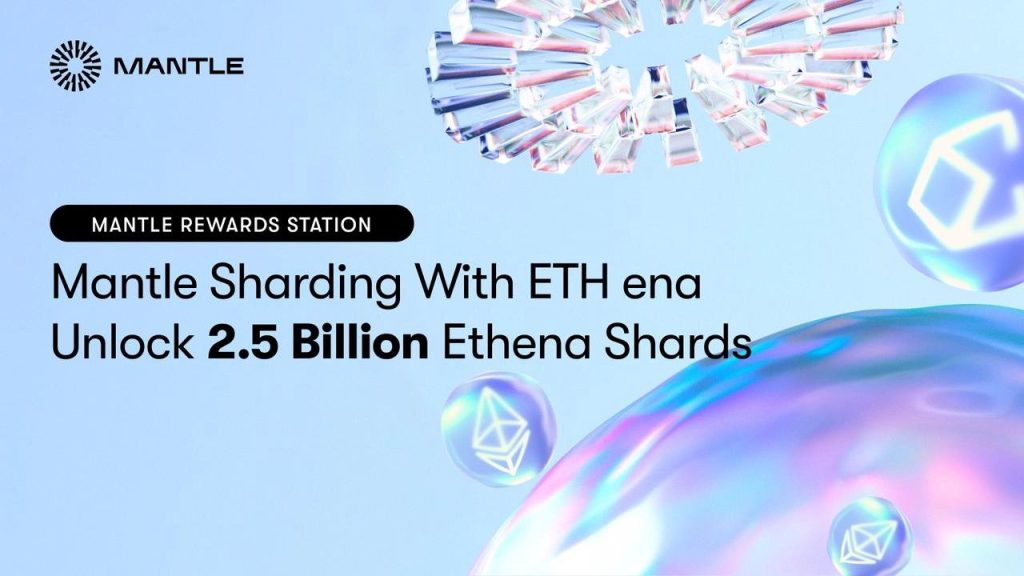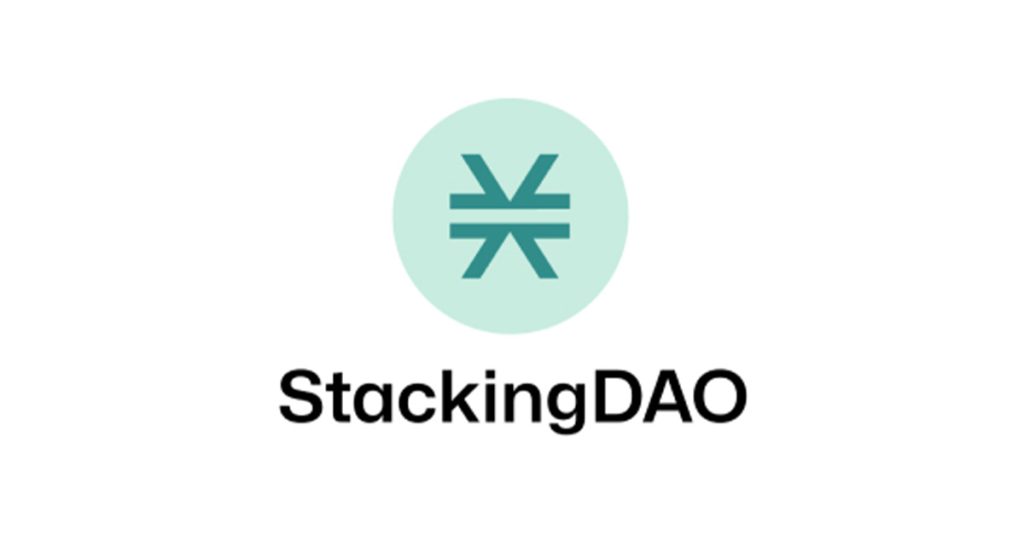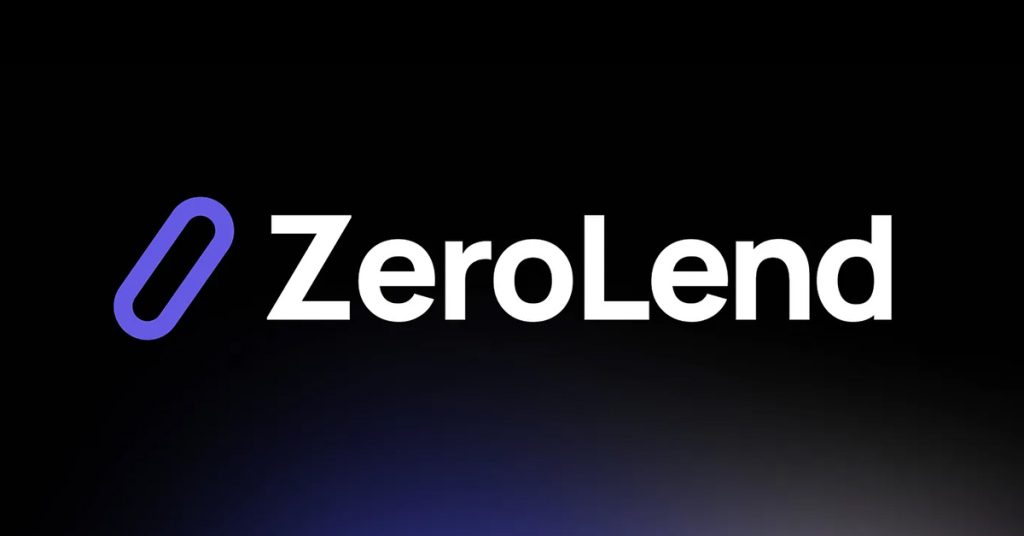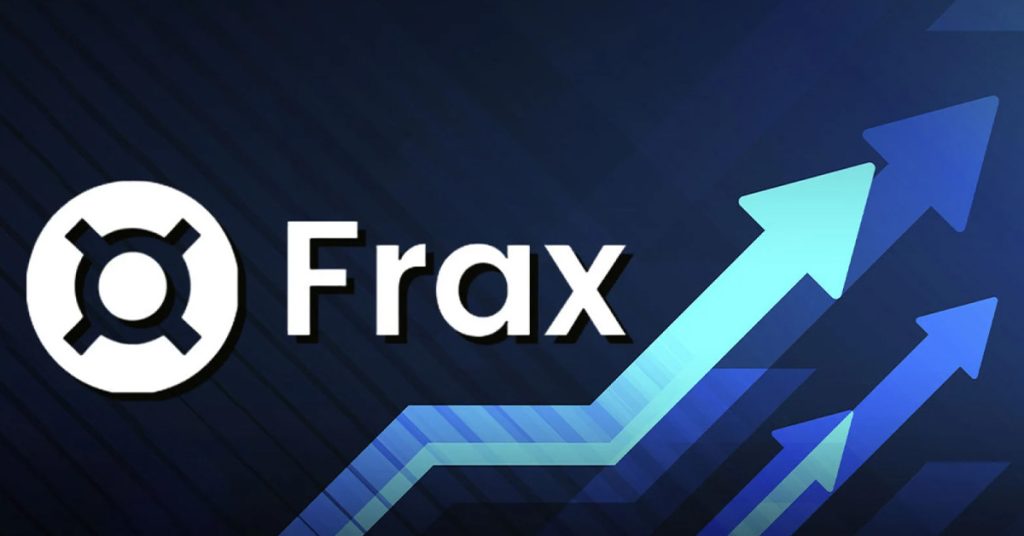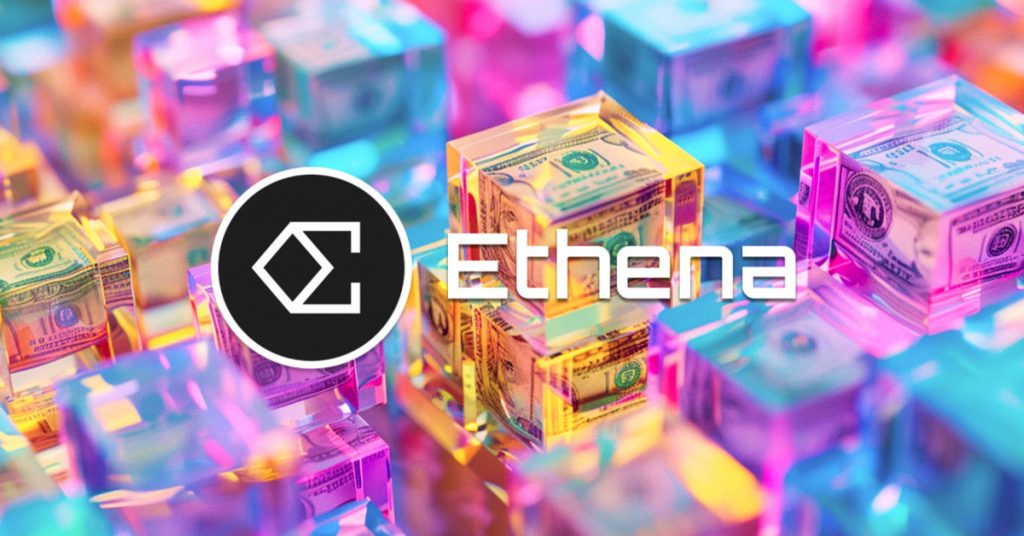How to Earn a 29% Max APR with Chicken Bonds by Liquity

Before we get started, this is not a recommendation or endorsement to buy any token mentioned or to create your own Chicken Bond.
Previously, we have covered the decentralized lending protocol Liquity. Liquity is known for having an overcollateralized stablecoin called LUSD, backed purely by ETH. Liquity and its stablecoin LUSD are revered as one of the most decentralized and censorship-resistant protocols and stablecoins in DeFi.
Before covering Chicken Bonds, here’s what you need to know about Liquity.
- LUSD is backed 100% by ETH collateral, meaning LUSD is truly censorship-resistant given the underlying collateral cannot be frozen like USDC or USDT.
- Liquidations in Liquity ensure that the protocol remains solvent and maintains the LUSD peg.
- When borrowers open up a loan (aka Trove) of LUSD with up to 90% LTV, backed by ETH on Liquity, the loan is interest-free after a 0.50% borrowing fee.
- Interestingly, there is no governance to Liquity, smart contracts cannot be halted or modified, and the frontends for using Liquity are run by incentivized external parties. Liquity truly sets a bar for decentralization and censorship-resistance.
One of the key underlying mechanisms to Liquity is the Stability Pool, where LUSD holders stake LUSD to earn ETH from liquidations. The Stability Pool is the first line of defense in maintaining system solvency, acting as the source of liquidity to repay debt from liquidated Troves—ensuring the total LUSD supply always remains backed.



